Policy: Cattle disbudding and dehorning
Policy type: Policy
Reference: 5h
Date ratified: May 2019
Policy
The NZVA considers that dehorning and disbudding of cattle are necessary farm practices, but as painful procedures, require the use of effective and appropriate analgesia.
Explanation
Horned cattle, particularly when confined during mustering, yarding and transport, are capable of causing severe injury to other cattle and to handlers. There are also limitations on the transport of horned animals, therefore natural or artificial polling is desirable.
Regulation 57 and 58 of the Animal Welfare (Care and Procedures) Regulations 2018 (related to disbudding and dehorning of cattle beasts) are effective from 1 October 2019. The Regulations require any cattle beast to be under the influence of an appropriately placed and effective local anaesthetic throughout the disbudding/dehorning procedure.
The NZVA considers that a combination of sedation, local anaesthetic, and systemic non-steroidal anti-inflammatory drugs should be considered in order to provide the best management of pain and distress caused by such procedures. The use of products with label claims for disbudding and dehorning is recommended.
Disbudding of calves is preferable to dehorning older cattle. There is less short-term distress if calves are disbudded with a cautery iron.
Guidelines
- All cattle with horn tissue should have this tissue removed as early as practical, to minimise the pain and distress during removal.
- Disbudding and dehorning must only be performed after effective anaesthesia of the horn tissue.
- As well as local anaesthesia, use of appropriate long-acting analgesia should be considered at the time of disbudding and dehorning.
- Sedation of animals prior to disbudding and dehorning should be considered as a means to further reduce pain and distress associated with the procedure.
- Disbudding should be carried out between two and six weeks of age.
- Disbudding using the cautery iron is the recommended method.
- Caustic paste is not recommended for disbudding in calves due to the possible chemical burning of skin and eyes. Calves can also lick the paste off each other causing chemical burns to the mouth.
- Scoop dehorning is also not recommended as it has been demonstrated to be more painful than the use of the cautery iron.
- All animals should be observed for a period of two weeks after disbudding or dehorning to detect complications following the procedure.
References
Animal Welfare (Care and Procedures) Regulations 2018.
Animal Welfare (Painful Husbandry Procedures) Code of Welfare 2018.
Bates AJ, Laven RA, Chapple F, Weeks DS. The effect of different combinations of local anaesthesia, sedative and non-steroidal anti-inflammatory drugs on daily growth rates of dairy calves after disbudding. New Zealand Veterinary Journal, 64, 282-287, 2016.
Duffield TF, Heinrich A, Millman ST, DeHaan A, James S, Lissemore K. Reduction in pain response by combined use of lidocaine anaesthesia and systemic ketoprofen in dairy calves dehorned by heat cauterisation. Canadian Veterinary Journal 51, 283-8, 2010.
McMeekan CM, Stafford KJ, Mellor DJ, Bruce RA, Ward RN, Gregory NG. Effects of regional analgesia and/or a non-steroidal anti-inflammatory analgesic on the acute cortisol response to dehorning in calves. Research in Veterinary Science 64, 147-50, 1998.
Stafford KJ, Mellor DJ, Addressing the pain associated with disbudding and dehorning in cattle. Applied Animal Behaviour Science, 2011.
Stafford KJ, Mellor DJ. Disbudding and dehorning distress in cattle and its alleviation: A review of the literature. A report to the Ministry of Agriculture and Forestry, 2000.
Stafford KJ, Mellor DJ, Todd SE, Ward RN, C. M. McMeekan CM, The effect of different combinations of lignocaine, ketoprofen, xylazine and tolazoline on the acute cortisol response to dehorning in calves. New Zealand Veterinary Journal, 51, 219-26, 2003.
Sylvester SP, Stafford KJ, Mellor DJ, Brice RA, Ward RN. Behavioural responses of calves to amputation dehorning with and without local anaesthesia. Australian Veterinary Journal 82, 697-700, 2004
